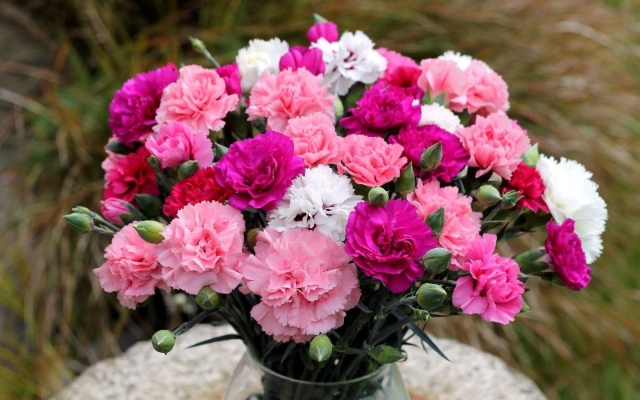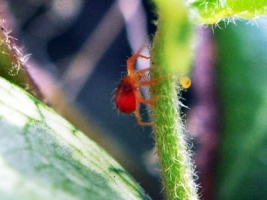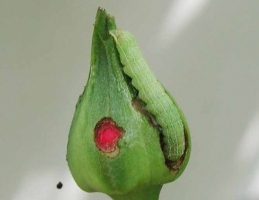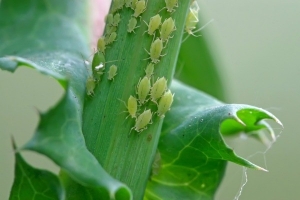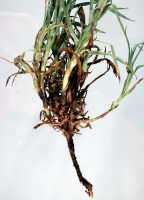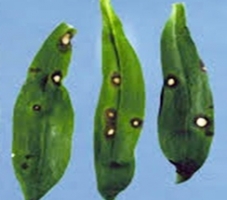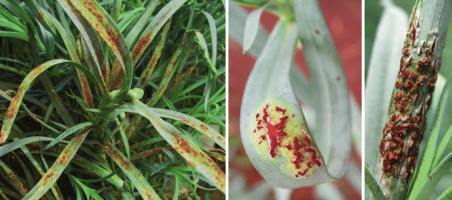General Information
Carnations are most important cut flowers of world. Most preferred flower for commercial purpose because of their excellent keeping quality, withstand in long distance transportation and remarkable quality to rehydrate. Europe and USA cultivated this crop on large area where as in India it is cultivated on smaller scale. Himachal Pradesh, Punjab, West Bengal, Jammu and Kashmir and Karnataka are major carnation producing states. Flowers come in different shades such as yellow, pink, lavender etc.

